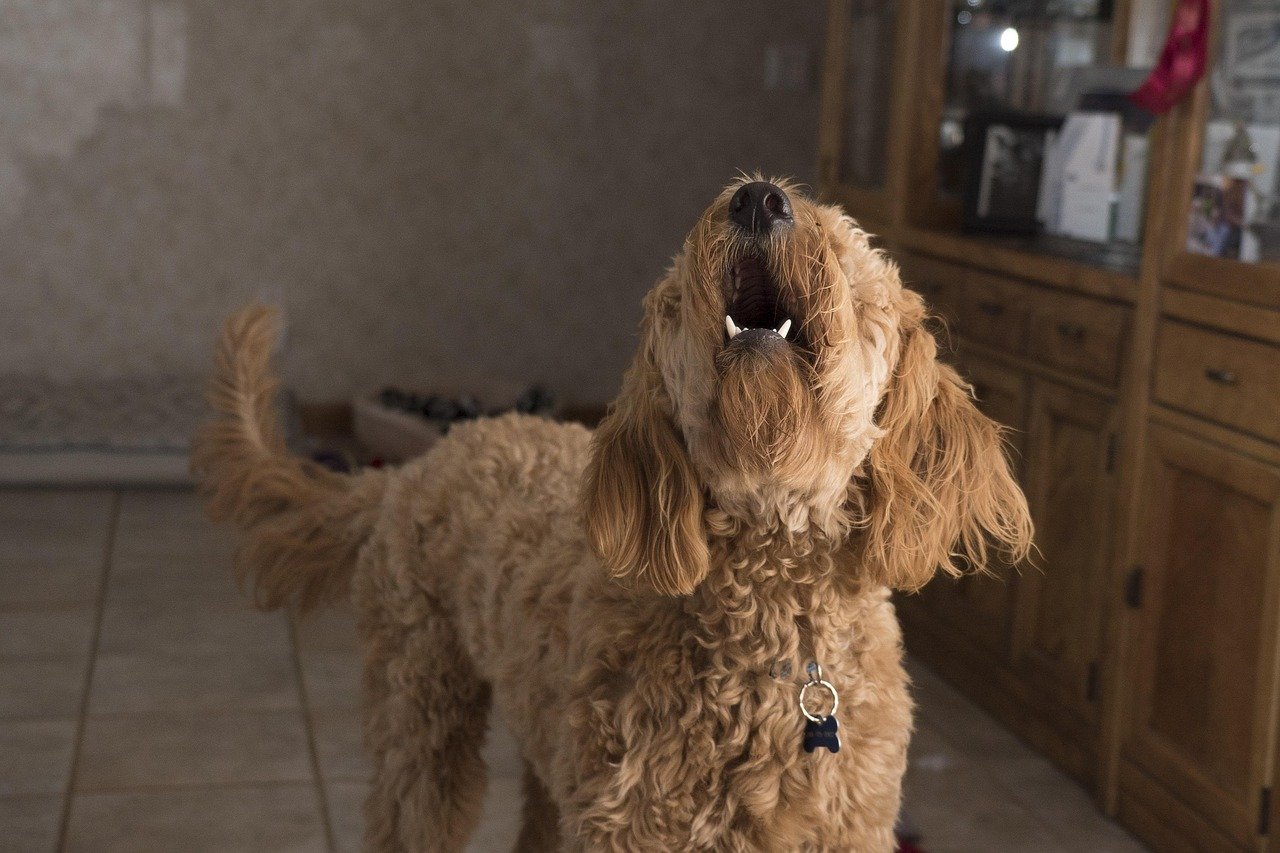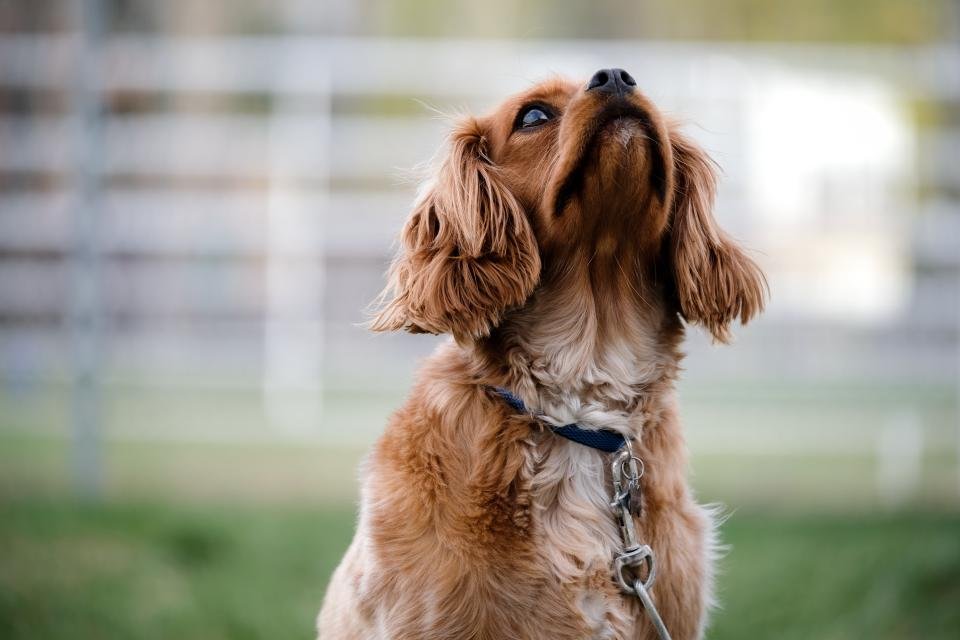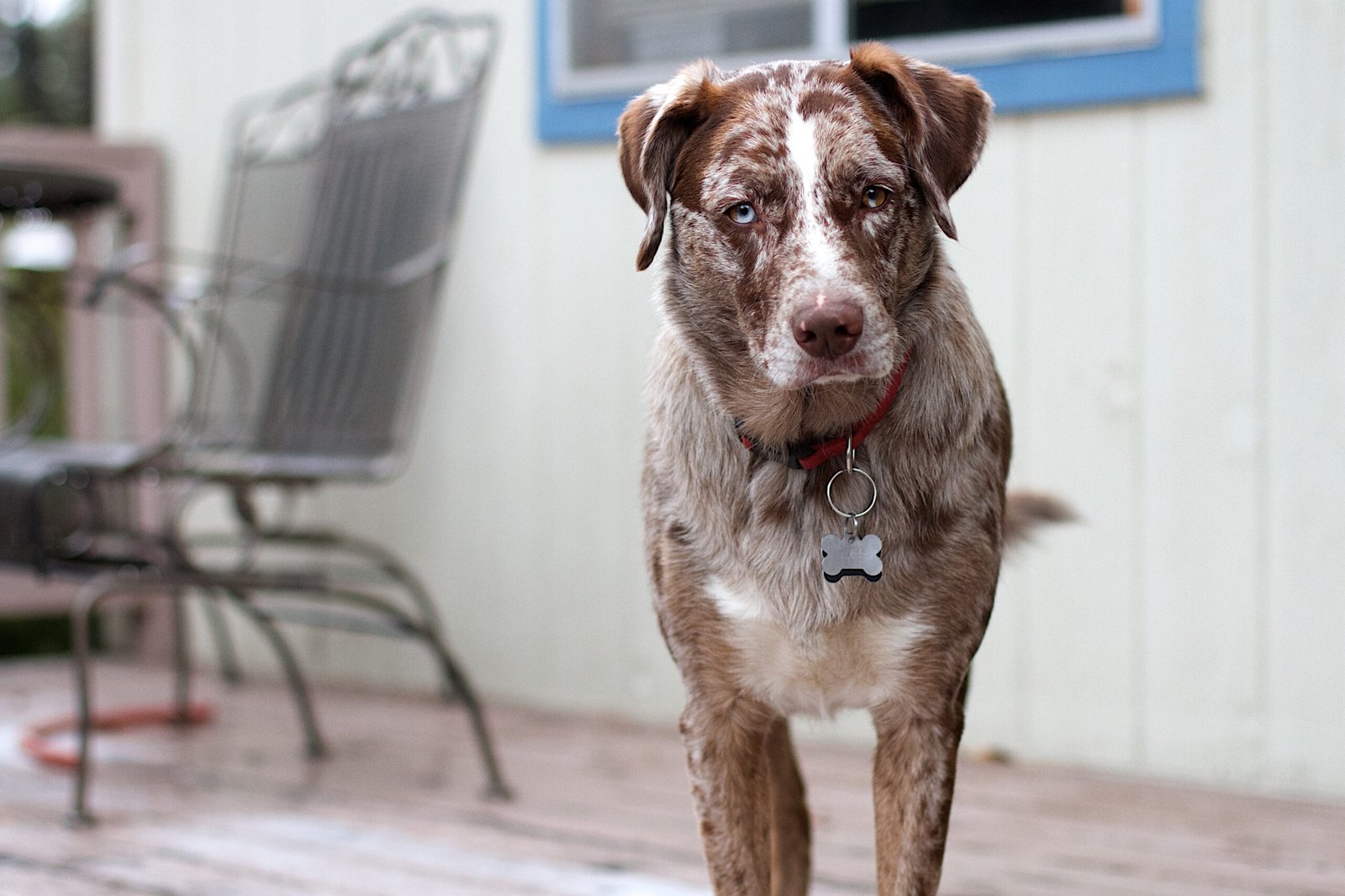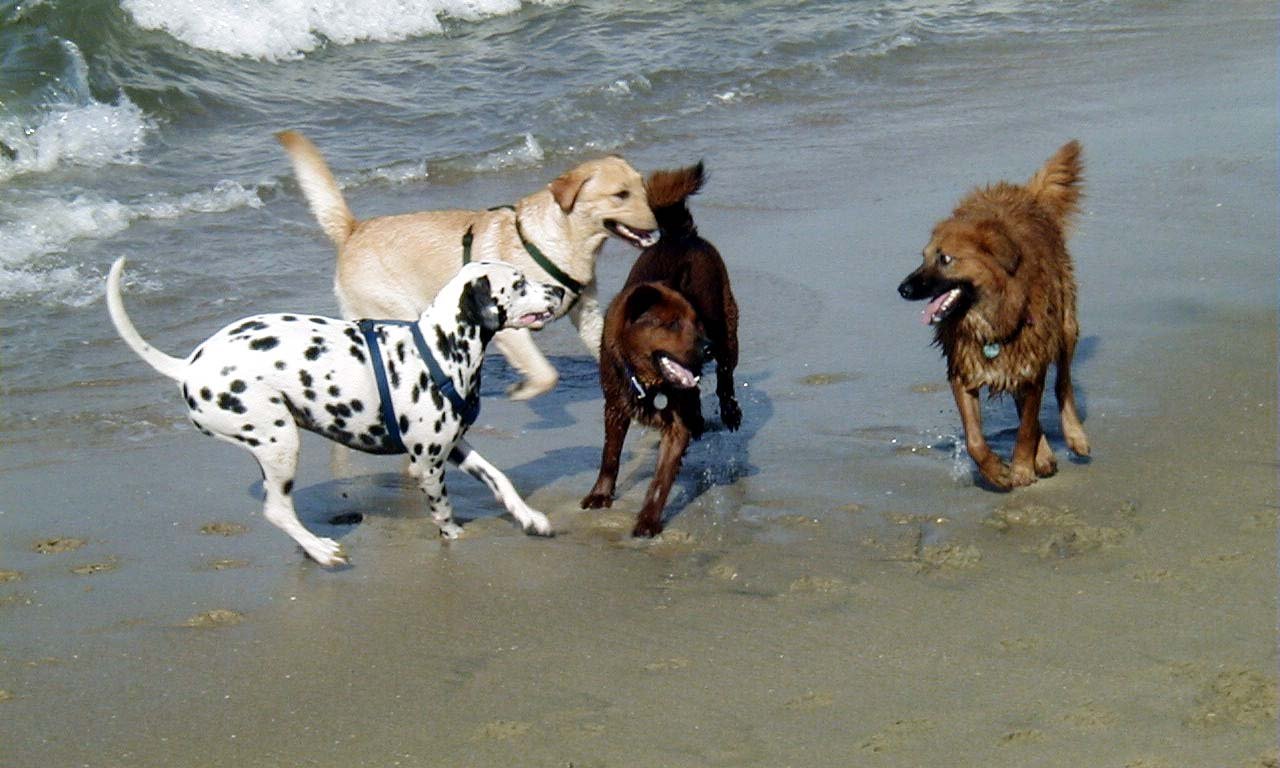Ever seen a dog flop over dramatically or give you the cold shoulder just because you skipped a walk or said “no” to another treat? Some dog breeds are a little more expressive than others—and yes, a bit dramatic too! These emotional pups wear their hearts on their paws, often reacting to change, boredom, or lack of attention with theatrical flair. From huffing sighs to full-on protest howls, their tantrums are both hilarious and a clue to their needs. In this article, we’ll explore why certain breeds are more prone to these outbursts and how to handle them with patience and love.
The Roots of Canine Drama: Genetics and Evolution
When we look at why some dogs are more dramatic than others, it all begins with their genes. Over thousands of years, humans have bred dogs for specific traits—herding, guarding, companionship—which has shaped not only their appearance but also their personalities. For example, breeds like Huskies and Dachshunds were developed to work independently, making them more likely to assert their opinions. This independent streak sometimes turns into stubbornness or dramatic displays when they don’t get what they want. Genetics play a powerful role in shaping a dog’s behavior, and dramatic tantrums can be a byproduct of selective breeding for intelligence, energy, or strong-willed personalities.
High Intelligence, High Emotions

Intelligent dog breeds often have more intense emotional reactions. Breeds like Border Collies, Poodles, and German Shepherds are quick learners, but they’re also quick to notice when something isn’t right in their world. If they’re bored, frustrated, or not mentally challenged, they might resort to dramatic antics to get attention or express their dissatisfaction. Their intelligence means they can pick up on subtle changes in their environment, amplifying their emotional responses. This heightened awareness can make them more sensitive and, in turn, more prone to dramatic tantrums.
Energy Levels: The Fuel Behind the Fire
Some dog breeds have energy to burn, and when they don’t get enough exercise or stimulation, their frustration can spill over into dramatic outbursts. Think about energetic breeds like Jack Russell Terriers or Australian Shepherds—if they’re cooped up indoors for too long, they might whine, bark, or even throw themselves on the floor in protest. These tantrums aren’t just random; they’re a way for the dog to release pent-up energy and communicate their need for activity. Regular exercise and interactive play are essential to keeping these breeds calm and content.
Communication Styles: Some Dogs Just Talk Louder

Every dog breed has its own way of communicating. Some are naturally more vocal or expressive, using barks, howls, or dramatic body language to make their feelings known. Breeds like Beagles and Siberian Huskies are famous for their “talking,” while others use elaborate facial expressions or gestures. These communication styles can come across as tantrums, especially when a dog feels ignored or misunderstood. For these breeds, expressing themselves loudly and with emotion is just their way of talking to their humans.
Attachment and Separation Anxiety

Many dramatic dog tantrums are rooted in strong attachment to their owners. Breeds like Cavalier King Charles Spaniels or Italian Greyhounds are known for forming deep bonds with their families. When left alone or separated, these dogs may panic, whine, or engage in destructive behaviors as a form of protest. Their dramatic displays aren’t just for show—they’re a heartfelt cry for connection and reassurance. Understanding this aspect of their temperament can help owners respond with empathy instead of frustration.
Breed-Specific Sensitivities

Some breeds are simply more sensitive to their environment and to the emotions of those around them. Shetland Sheepdogs, for example, are highly attuned to their owners’ moods and may react dramatically if they sense tension or upset. This emotional sensitivity makes them more likely to respond with whining, barking, or sulking when something feels off. For these breeds, dramatic tantrums are often a sign of stress or discomfort, not just bad behavior.
The Role of Early Socialization

The experiences a puppy has in its early weeks can shape its adult personality, including its tendency toward drama. Breeds that are not properly socialized may become more anxious or reactive, leading to dramatic outbursts in unfamiliar situations. Socialization teaches puppies how to handle new people, animals, and environments, making them less likely to respond with fear or frustration. For breeds prone to nervousness or excitement, early and positive social experiences are key to preventing tantrums later in life.
Owner Reactions: Reinforcing the Drama
Sometimes, a dog’s dramatic tantrum is unintentionally encouraged by its owner’s response. If a dog throws a fit and receives extra attention, treats, or comfort, it can quickly learn that drama gets results. Breeds that are highly social and eager to please, like Golden Retrievers or Labradors, may become even more theatrical if they realize it brings extra affection. Consistent training and setting boundaries are essential to prevent these dogs from developing a habit of dramatic antics.
The Impact of Training Methods

Training style has a huge effect on a dog’s behavior. Harsh discipline or inconsistency can make sensitive breeds more anxious, leading to more frequent tantrums. On the other hand, positive reinforcement and clear communication help dogs understand what’s expected of them, reducing the likelihood of dramatic protests. Breeds that are strong-willed or independent, like Shiba Inus or Akitas, especially benefit from patient, reward-based training to channel their energy and emotions productively.
Nurturing Calm: Tips for Managing Dramatic Dogs
Living with a drama-prone dog doesn’t have to be a struggle. Simple strategies can make a big difference:
– Provide plenty of physical and mental exercise.
– Establish a consistent routine to help your dog feel secure.
– Use positive reinforcement to reward calm behavior.
– Avoid giving in to tantrums, but don’t ignore genuine needs.
– Offer socialization opportunities and gentle exposure to new experiences.
By understanding your dog’s breed tendencies and responding with patience, you can turn dramatic moments into opportunities for bonding and growth.
Dramatic dog tantrums might seem over-the-top, but they’re often just your pup’s way of communicating frustration, boredom, or a need for attention. Understanding your dog’s breed traits can help you manage these outbursts with empathy rather than exasperation. With the right mix of structure, stimulation, and affection, even the most theatrical pooch can learn calmer ways to cope. At the end of the day, those big personalities are part of what makes them so lovable—and entertaining!

Born and bred in South Africa, a Capetonian at heart. Amy-Leigh’s love for nature and animals was inherited from her Dad. He loves taking the family on road trips to experience nature at its finest; Amy-Leigh’s favourite being whale watching in Hermanus and spotting Kudu along the West Coast. Amy-Leigh holds a BA in English Literature and Communication Studies.






